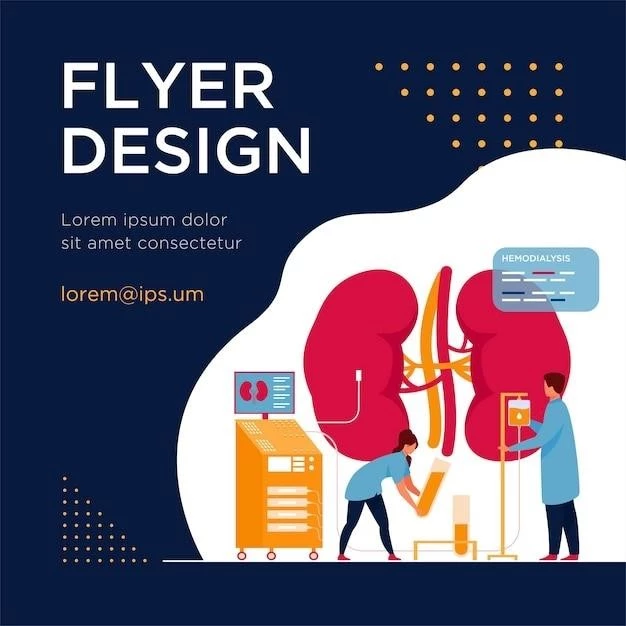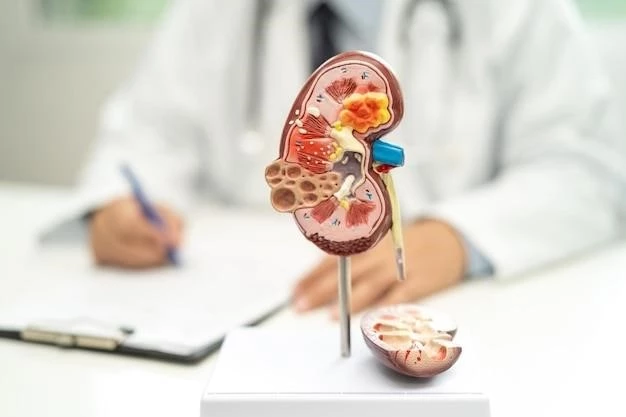Causes of Cholestatic Jaundice
Cholestatic jaundice can be caused by various factors, including liver diseases, bile duct obstruction, and certain medications.
Definition of Cholestatic Jaundice
Cholestatic jaundice is a condition characterized by the accumulation of bilirubin in the blood due to impaired bile flow from the liver. This leads to the yellowing of the skin and eyes. It can be indicative of underlying liver or bile duct disorders that affect bilirubin excretion.
Common Causes of Cholestatic Jaundice
Common causes of cholestatic jaundice include hepatitis, gallstones, pancreatic cancer, primary biliary cirrhosis, and medication-induced liver injury. These conditions can lead to obstruction or dysfunction of the bile ducts, impairing bilirubin excretion and causing jaundice.
Underlying Conditions Linked to Cholestatic Jaundice
Underlying conditions associated with cholestatic jaundice include primary sclerosing cholangitis, autoimmune hepatitis, Alagille syndrome, and choledochal cysts. These conditions affect the bile flow from the liver, leading to the accumulation of bilirubin in the bloodstream.

Symptoms of Renal Tubular Insufficiency
Renal tubular insufficiency can manifest with symptoms like electrolyte imbalances, urinary abnormalities, and bone disorders. These symptoms reflect the impaired function of the renal tubules in maintaining fluid balance and regulating electrolytes.
Overview of Renal Tubular Insufficiency
Renal tubular insufficiency refers to a condition where the renal tubules fail to reabsorb essential substances efficiently, leading to imbalances in electrolytes, fluids, and acid-base levels. This dysfunction can result from inherited disorders, autoimmune conditions, or acquired kidney damage affecting tubular function.
Key Symptoms of Renal Tubular Insufficiency
The key symptoms of renal tubular insufficiency include polyuria, polydipsia, dehydration, electrolyte abnormalities, acidosis, renal osteodystrophy, and growth retardation in children. These symptoms indicate the renal tubules’ inability to regulate essential substances effectively, impacting overall health and well-being.
Impact of Renal Tubular Insufficiency on Health
Renal tubular insufficiency can significantly impact health by causing electrolyte imbalances, metabolic acidosis, impaired bone health, growth disturbances, and potential kidney damage. Early detection and appropriate management are crucial to prevent long-term complications and maintain optimal renal function.
Diagnosis of Cholestatic Jaundice
Diagnosing cholestatic jaundice involves physical exams, blood tests, imaging studies, and liver biopsies to determine the underlying cause of impaired bile flow.
Physical Examination and Medical History
During the diagnosis of cholestatic jaundice, a thorough physical examination and detailed medical history are conducted to assess symptoms, risk factors, and potential underlying conditions that could contribute to impaired liver function and bile flow.
Laboratory Tests for Cholestatic Jaundice
Laboratory tests for cholestatic jaundice include liver function tests, bilirubin levels, alkaline phosphatase, and imaging studies to evaluate liver health, bile duct function, and the extent of bilirubin elevation in the blood. These tests help in diagnosing the specific cause of cholestasis.
Imaging Studies and Biopsy Procedures
Imaging studies such as ultrasound, CT scan, MRI, and endoscopic retrograde cholangiopancreatography (ERCP) are used to visualize the liver, gallbladder, and bile ducts. Liver biopsy may be performed to obtain tissue samples for detailed examination and to confirm the diagnosis of cholestatic jaundice.
Treatment Options for Renal Tubular Insufficiency
Treatment for renal tubular insufficiency may involve medications, dialysis, transplant, and lifestyle modifications to manage electrolyte imbalances and improve kidney function.
Medication and Therapeutic Approaches
Medication and therapeutic approaches for renal tubular insufficiency may include electrolyte replacement, vitamin supplements, alkalinizing agents, and medications to manage underlying conditions contributing to tubular dysfunction. These treatments aim to restore electrolyte balance and support kidney function.
Dialysis and Transplant as Treatment Modalities
Dialysis and kidney transplant are crucial treatment modalities for severe renal tubular insufficiency. Dialysis helps filter waste and excess fluids from the blood, while a transplant can provide a new, functioning kidney to replace the diseased or damaged one, improving overall renal function and quality of life.
Lifestyle Modifications for Renal Tubular Insufficiency
Lifestyle modifications for renal tubular insufficiency may include following a balanced diet to manage electrolyte levels, staying hydrated, avoiding nephrotoxic substances, engaging in regular physical activity, and maintaining a healthy weight. These adjustments can support kidney function and overall well-being.
Complications of Cholestatic Jaundice
Cholestatic jaundice can lead to complications such as liver damage, infections, malabsorption issues, and nutritional deficiencies. Early detection and appropriate management are essential to prevent further complications.
Potential Complications Arising from Cholestatic Jaundice
Complications from cholestatic jaundice may include liver cirrhosis, hepatic encephalopathy, pruritus, and vitamin deficiencies. These complications can impact overall health and require prompt medical intervention to prevent further deterioration and improve outcomes.
Long-Term Effects and Risks Associated with Cholestatic Jaundice
Long-term effects and risks of cholestatic jaundice include liver failure, portal hypertension, biliary strictures, and increased susceptibility to infections. Regular monitoring and proactive management are essential to mitigate these risks and prevent complications.
Management Strategies for Cholestatic Jaundice Complications
Management of cholestatic jaundice complications involves treating the underlying cause, symptom management, nutritional support, and monitoring for liver function. Collaborative care with hepatologists and gastroenterologists is crucial for optimal management and improving patient outcomes.
